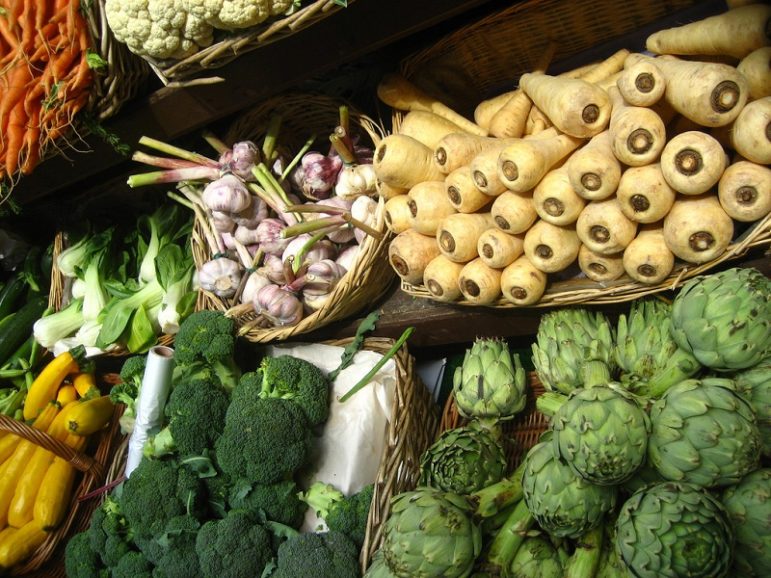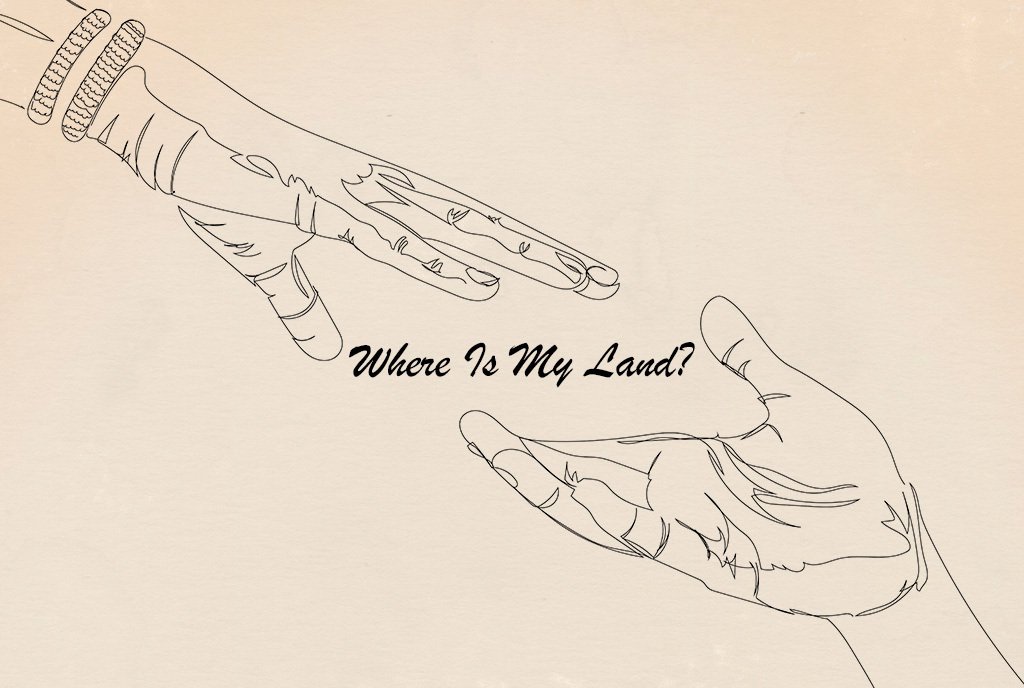
May 26, 2016; Christian Science Monitor
Boston Area Gleaners (BAG) helps food insecure Bostonians access otherwise unavailable fresh fruits and vegetables. Gleaning is the age-old practice of collecting produce from fields after the main harvest has taken place. BAG volunteers glean food from participating farms and provide that food to pantries and other agencies.
Founded in 2004 by Oakes Pennington as the Boston Area Farm Gleaning Project, BAG has enjoyed exponential growth over the last several years thanks to its first paid employee, Laurie “Duck” Caldwell. Caldwell came to BAG after relocating to the Boston area from Vermont. Under her leadership, BAG now has four times as many volunteers; more farms have joined as partners, and additional distribution channels for the gleaned food have increased. Caldwell accomplished these goals by making the gleaning process easier and by participating in farm, alternative energy, and ecology events to raise awareness of BAG and to recruit volunteers. One Boston-area farm let BAG glean more than 71,000 pounds of fresh produce last year.
Sign up for our free newsletters
Subscribe to NPQ's newsletters to have our top stories delivered directly to your inbox.
By signing up, you agree to our privacy policy and terms of use, and to receive messages from NPQ and our partners.
Gleaning programs can be found in several states across the country. California boasts the most, but Oregon, Washington, and eastern states including Florida and Kentucky have gleaning programs as well. Some gleaning programs are better known as food recovery programs. In those programs, volunteers work with farmers at existing farmers markets to collect produce that was not purchased during the market. One such program is the Heartside Gleaning Initiative in Michigan. After market hours have finished, volunteers with that program weigh, record, and deliver the produce donations collected to a low-income apartment complex, where residents select from the produce provided. In addition, residents of the complex are able to work with a volunteer dietitian who provides recipes and samples from the collected produce and from foods commonly found at food pantries. In the first year of the Heartside Gleaning Initiative, 40 different farmers collectively donated in excess of 17,000 pounds of 35 different varieties of fresh fruits and vegetables.
Universities are also interested in gleaning and food recovery programs. Cornell University’s Miguel Gomez published a study last year on an algorithm he and his co-authors developed that would show a food bank the number of days it should schedule gleaning. The study focused on three issues: that there are people who are food insecure, that six percent of the crops grown for human consumption in the United States are not harvested, and that the highly processed foods usually available at food banks have been linked to health issues.
Gleaning is one way that hunger agencies can get nutrient-rich foods to the food insecure. However, the process is not simple. Food banks and pantries don’t always know when farms will be able to offer gleaning, how much produce will be available when they do get a call, and if the agencies will have enough volunteers available to do the work of gleaning. The algorithm developed by Gomez and his co-authors provides a way for hunger agencies to more efficiently plan for gleaning or food recovery. The application considers a variety of factors, including the number of farmers, volunteer availability, and weekly gleaning history. This is a very valuable contribution to the work of feeding hungry people, because it allows agencies that may be working with several farms to be able to collect the greatest amount of fresh produce available at any given time.
BAG, Heartside Gleaning Initiative, and Gomez’s work at Cornell are three different approaches to the real and growing problem of hunger in the U.S. Each approach provides an avenue to collect food that would otherwise be wasted and get it into the hands of people who generally do not have access to nutrient-rich foods. And, while the quantifiable impacts of each approach are impressive, a volunteer with the Heartside Gleaning Initiative said it best: “Kids are getting food that their parents couldn’t normally afford.”—Kelley Malcolm












